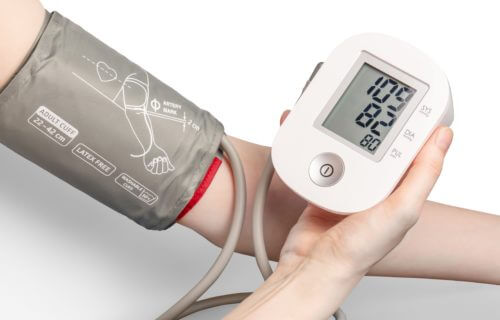LONDON — A new 10-minute scan can detect one of the most common causes of high blood pressure and cure it, a new study reveals.
The CT scan can light up tiny nodules in a hormone gland, allowing doctors to remove them and cure hypertension. High blood pressure is behind many conditions and can lead to heart attacks and strokes.
A team from Queen Mary University of London say these nodules form in one in 20 people with high blood pressure, a condition which can require life-long treatment with drugs to control. For 60 years, doctors have been stumped on how to detect the nodules without a challenging catheter study that often fails and is only available in a few hospitals.
2 in 3 patients won’t need medication
The new scan created by QMU, Barts Hospital, and Cambridge University Hospital is as accurate as the catheter test while being fast, painless, and technically successful in every patient. Moreover, if patients took a urine test alongside the scan, doctors could reveal who would be completely cured of hypertension by surgically removing the gland. They found 17 of the 24 patients achieved a normal blood pressure while taking no drugs.
Previous research by QMU revealed hypertension can result from a genetic mutation in the adrenal glands in five and 10 percent of sufferers. Excessive aldosterone is produced as a result, causing the body to retain salt, driving up blood pressure. These patients are often resistant to treatment with commonly used hypertension medicines.
“These aldosterone-producing nodules are very small and easily overlooked on a regular CT scan,” says study co-senior author Morris Brown, Professor of Endocrine Hypertension at Queen Mary University of London, in a media release.
“When they glow for a few minutes after our injection, they are revealed as the obvious cause of Hypertension, which can often then be cured. Until now, 99% are never diagnosed because of the difficulty and unavailability of tests. Hopefully this is about to change.”
How do you get rid of the nodules?
During the study, doctors gave 128 people the new scan, all of whom had hypertension due to steroid hormone aldosterone. In two-thirds of the patients, the scan revealed high levels of aldosterone were secreted from a benign nodule in one of the adrenal glands.
The nodules are removable using a very short-acting dose of radioactive metomidate, which sticks only to the aldosterone-producing nodule.
“This study was the result of years of hard work and collaboration between centers across the UK. Much of the ‘on the ground’ energy and drive came from the talented research fellows who, in addition to doing this innovative work, gave selflessly of their time and energy during the national pandemic emergency. The future of research in this area is in very safe hands,” concludes Professor of Clinical Endocrinology William Drake.
The findings are published in the journal Nature Medicine.
South West News Service writer Pol Allingham contributed to this report.

